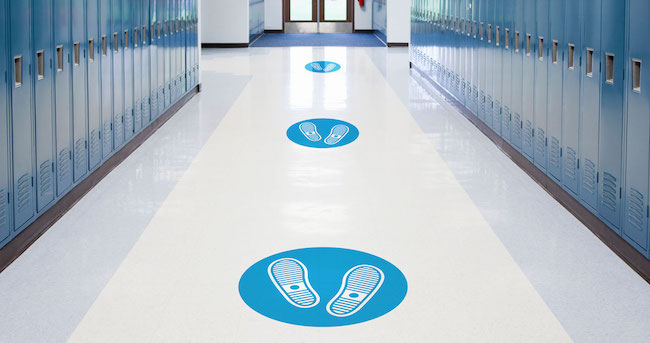
This year, because of the COVID-19 pandemic, reducing the spread of respiratory illnesses like the flu is more important than ever.
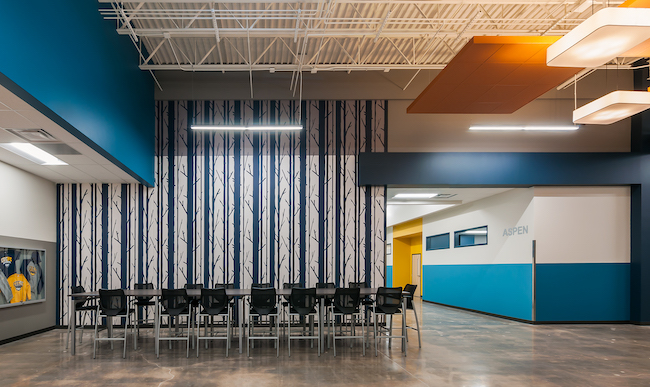
As the education industry assimilates to a new and uncertain future, we can take one lesson from 2020 with us: we must embrace innovative solutions and have the courage to try new things as we plan for the future. Adaptive reuse can support this endeavor.

In this episode of Schools In Focus, Turan Duda and Jeff Paine, founding principals of Duda|Paine Architects, discuss how architectural design is shifting to better address the mental and physical health needs of students.

With a curriculum centered on connection to nature and environmental stewardship, Linden Waldorf School's vision for the pavilions were to move all classes completely outdoors where students get to be in nature throughout the whole school day.
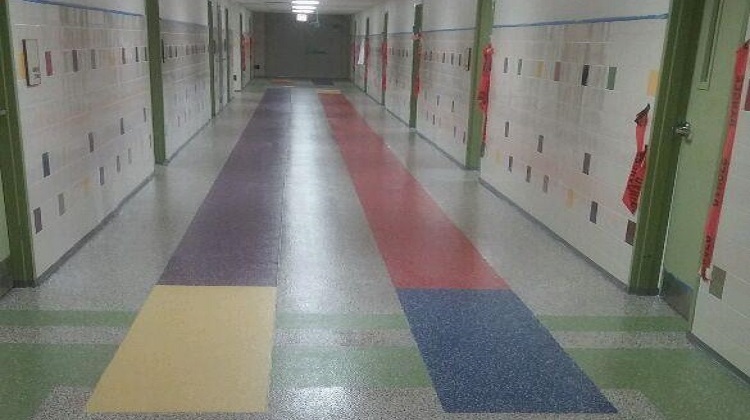
Sustainable flooring is a smart choice for schools interested in providing a healthy learning environment and demonstrating their commitment to a better global environment.

How do you create a hygienic and safe environment equipped to handle everyday usage and increased handwashing activity by students, faculty, administration and staff? And, how do you improve the restroom experience to make it more appealing to its users?
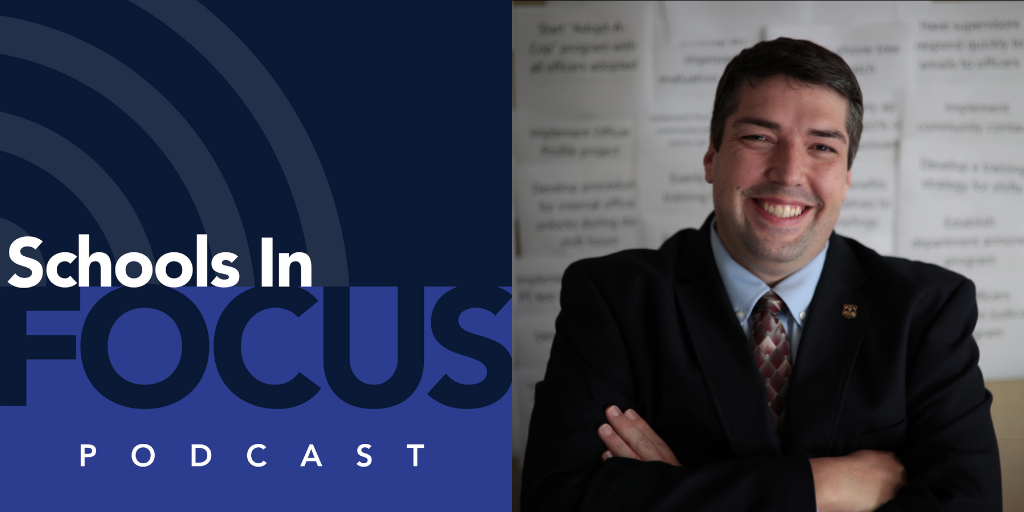
In this episode, we spoke to Tom Saccenti, a former campus police chief and security expert, about active shooter response planning in schools. His first piece of advice is to walk through an active shooter scenario with all teachers, janitors, staff members, etc. at the school.

When a physical space offers a little passive noise control, such as high cubicle walls, private offices or softer, sound-absorbing materials, the effects on the well-being of each person — as well as their productivity — can be profoundly impacted.

Floors are too often overlooked when it comes to fighting the spread of infection. For many years, many hospital administrators did not even believe it was necessary to disinfect floors. Now we know better. Floors, as well as the tools used to clean floors, deserve close attention when it comes to minimizing the spread of coronavirus.
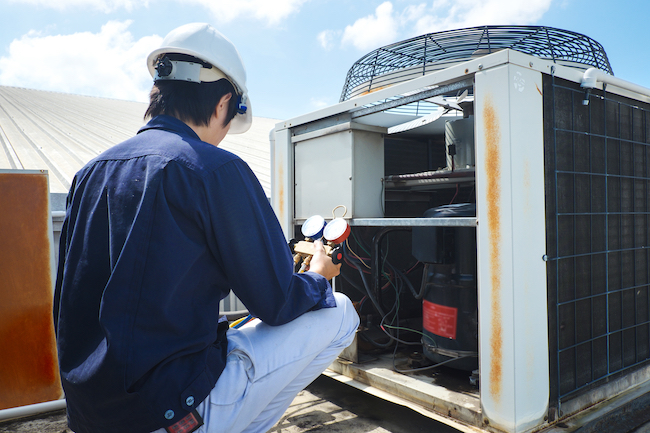
A building’s HVAC technology can help decrease the transmission rate or mitigate the risk of exposure. Thus, schools must consider their HVAC system as part of their overall COVID-19 mitigation strategy, in addition to social distancing, cleaning, screening, signage and operational practices.
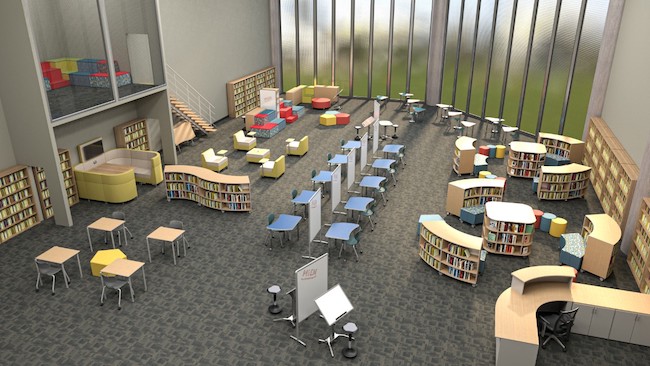
If the global pandemic sidelined your plans for creating a very inviting, collaborative, nurturing media center space, get your vision back on track with these five success tips.
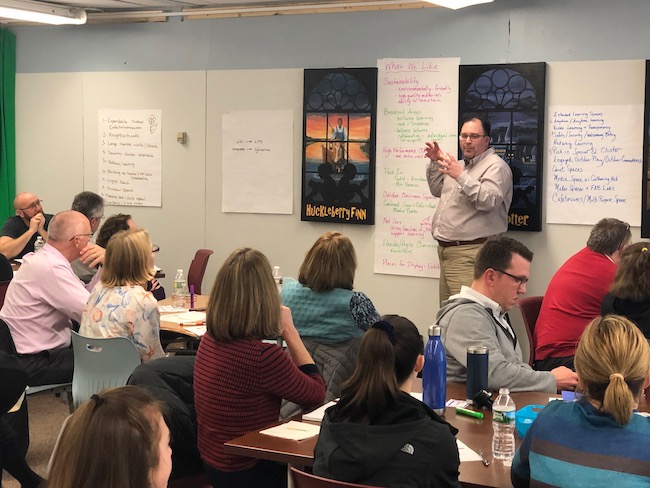
At the onset of a project, the design team and the district must unite to develop the appropriate “Visioning Process” to gain input from teachers, administrators, parents, students, and members of the public. This typically takes the form of in-person workshops or on virtual platforms as we encountered this past spring. The architect can then use that feedback to develop a customized school design that meets the district’s goals and expectations.

In this episode of Schools In Focus podcast, I speak to Belinda Oakley, CEO of Chartwells K12 and Seth Ferriell, CEO of SSC Services for Education, about school food service during a pandemic.
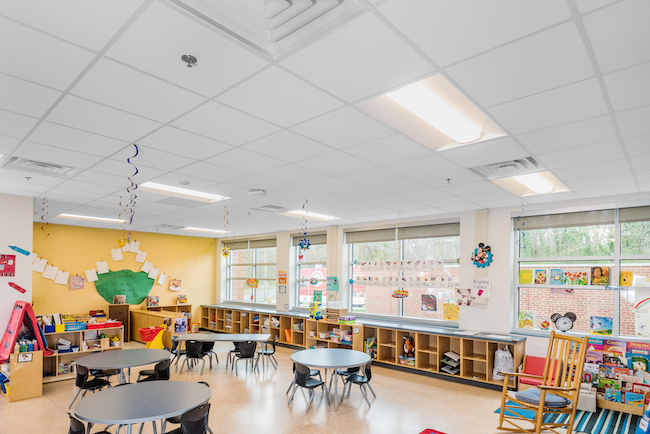
If there is not enough sound absorption in spaces for learning, they are overly loud, reverberant and stressful; not an environment conducive for effective education. Up to one of every four words cannot be understood by students in many classrooms, according to guidelines by the Acoustical Society of America.

Gen Z is advocating for immediate action to secure their future. However, limited by their age, Gen Z is looking to older generations to support them through social and legislative change and conscientious transformations — socially, educationally, and within the built-environment.

The complex itself, an impressive structure wrapped in glass, aluminum, and limestone on the northeast corner of the Northwestern campus, right on Lake Michigan—an enviable site not only for the dazzling lake view, but also for its proximity to the campus’ student residences, classrooms and other facilities.
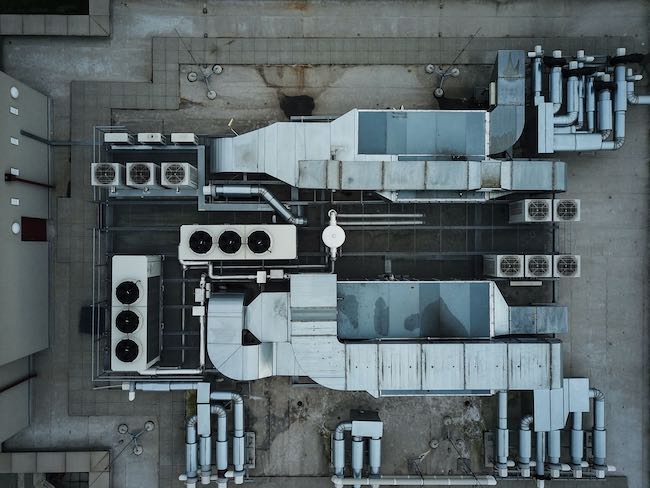
AI can change its instructions to your HVAC equipment based on the number of students in a room, the time of day, changes in weather throughout the day, and more, all while ensuring a comfortable environment for your building occupants.
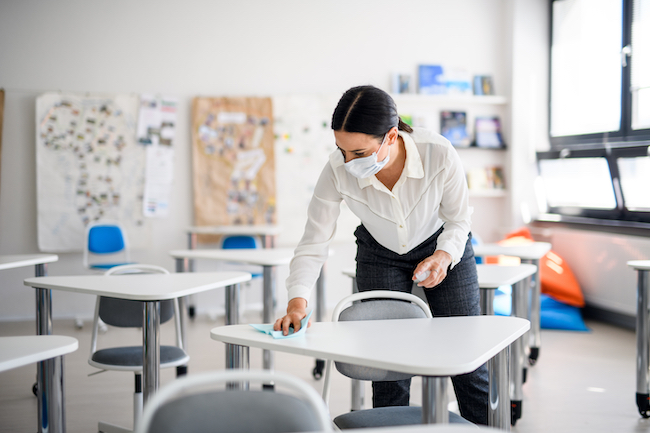
Will a more methodical, well-thought-out approach be implemented for disinfectant use or, will they be once again randomly applied, essentially using a “hope for the best” mentality? Let’s hope application is not random, and here is why. In the U.S., disinfectants are considered “pesticides” by the Environmental Protection Agency (EPA) and rightly so.

Stu Rothenberger, Principal at DLR Group, discusses flexibility on a campus scale, the need for long-term resiliency plans, tackling equity issues, and creating smaller interaction spaces in a post-COVID19 learning environment.
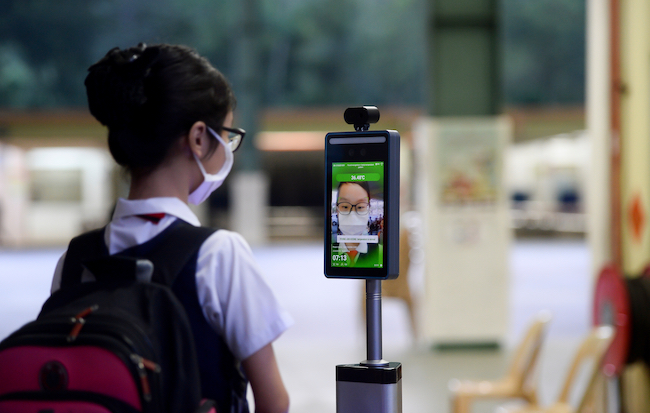
Many of the CDC’s guidelines can be met through the use of technology, and schools should be investing in and implementing technology solutions that not only helps them adhere to CDC guidelines this fall, but bolsters their overall school safety now and in the future.
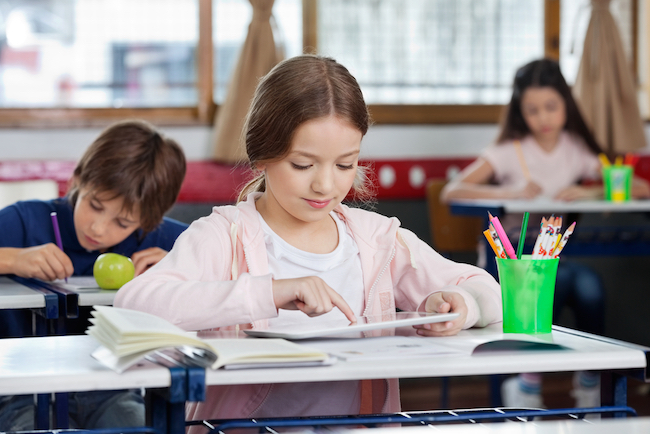
What does it mean for a learning space to support the use of technology? It means the space has been intentionally designed to make it easy for teachers and students to seamlessly use any technology they might need, without having to disrupt a lesson or cut into valuable learning time.